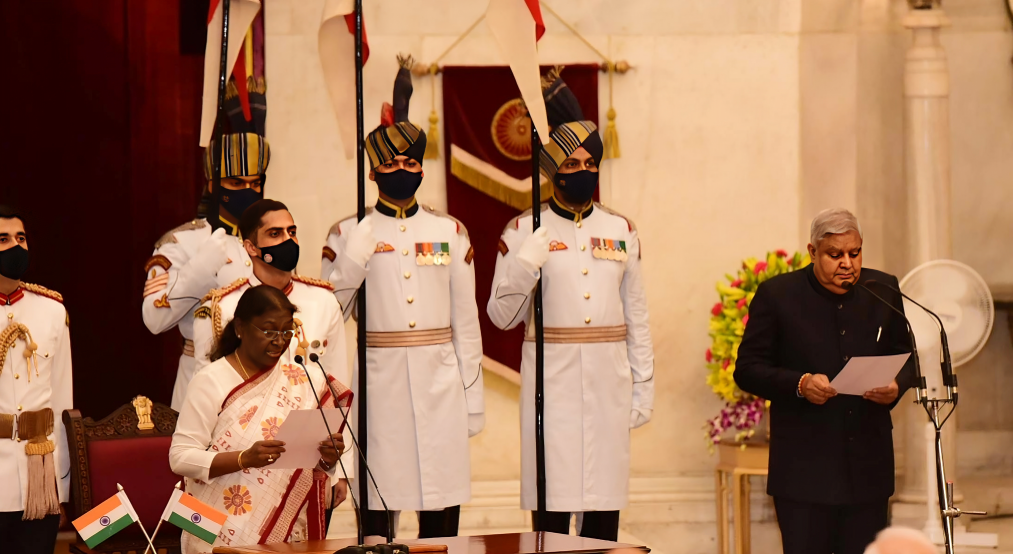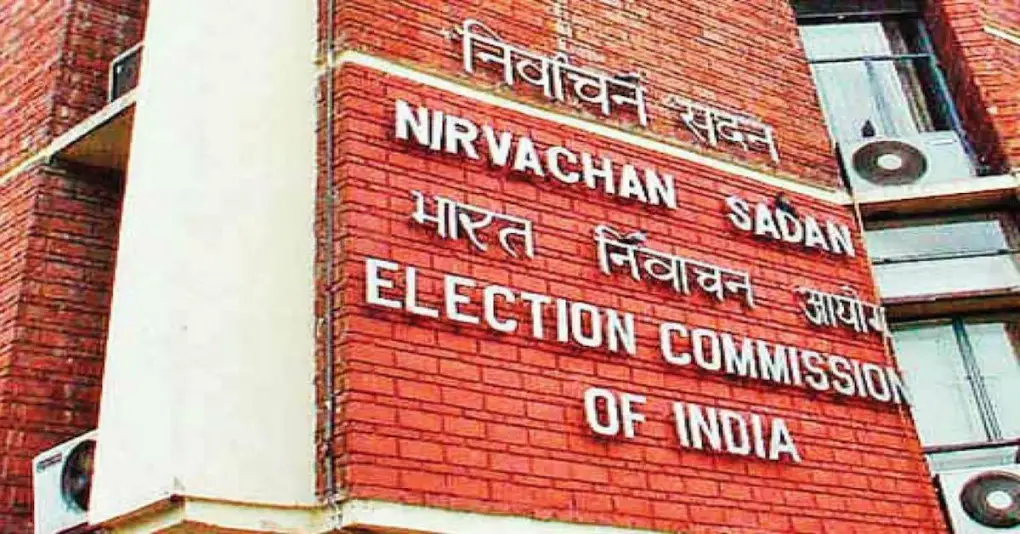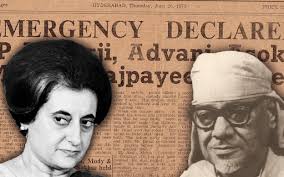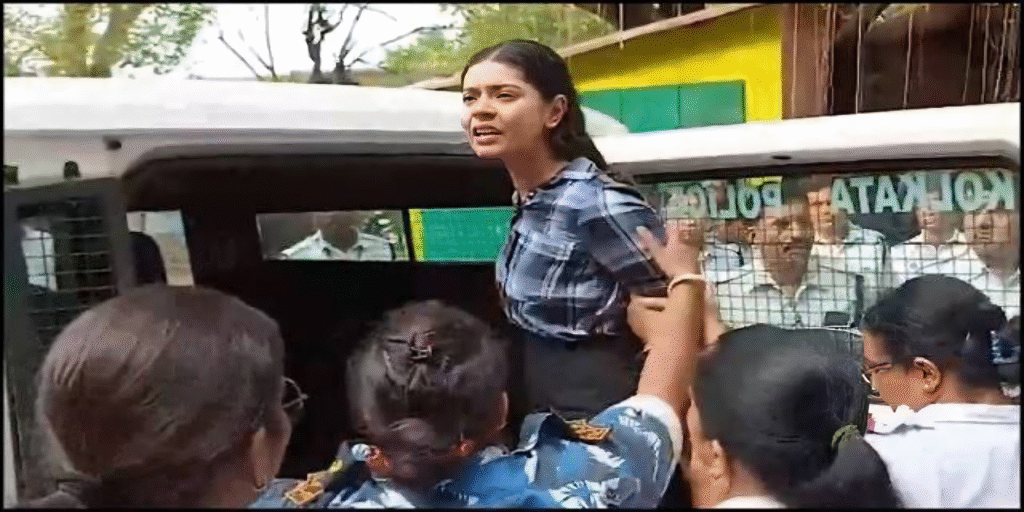On May 7, 2025, India initiated a bold and unprecedented military maneuver codenamed Operation Sindoor—a decisive response to the harrowing Pahalgam terror attack of April 22, in which 26 innocent civilians lost their lives. For a country that has for long balanced between restraint and retaliation, Operation Sindoor signified a strategic shift. It was not merely a military action, but a broader recalibration of India’s security doctrine, regional diplomacy, and national resolve. With deep strikes launched inside Pakistan and Pakistan-occupied Jammu and Kashmir (POK), India shattered old assumptions about thresholds and red lines in the decades-old Kashmir conflict.
The Historical Context: Kashmir’s Long Shadow
The Kashmir issue, born out of the tumultuous partition of 1947, remains one of South Asia’s most persistent and blood-soaked geopolitical fault lines. Its story is marked by missed opportunities, broken promises, and a history of betrayal shaped by both open warfare and covert conflict.
1947–48 War: The first Indo-Pak war erupted soon after Maharaja Hari Singh acceded Jammu and Kashmir to India. The war ended with a United Nations-brokered ceasefire, resulting in the division of the princely state along the Line of Control (LoC). This ceasefire line laid the foundation for a frozen conflict that has simmered for over seven decades.
Simla Agreement (1972): Signed in the aftermath of the 1971 war, the Simla Agreement converted the ceasefire line into the LoC and emphasized bilateralism. However, it failed to resolve the deep-rooted mistrust or ensure Pakistan’s departure from its support of insurgency and terrorism.
Kargil War (1999): A defining moment that exposed Pakistan’s willingness to employ asymmetric warfare despite nuclear deterrence. Indian forces had to reclaim intruded peaks under hostile conditions, once again paying a heavy price to secure territorial integrity.
Terrorism as State Policy: For decades, Pakistan’s military-intelligence complex has used terror groups like Lashkar-e-Taiba (LeT), Jaish-e-Mohammed (JeM), and Hizbul Mujahideen as proxies to bleed India. From the 2001 Parliament attack and 2008 Mumbai attacks to the 2019 Pulwama suicide bombing, Pakistan-based terror infrastructure has consistently disrupted regional peace.
These developments form the backdrop against which Operation Sindoor unfolded. But unlike earlier episodes, this time, India’s response wasn’t limited to border skirmishes or diplomatic démarches. It was swift, targeted, and unequivocal.
Operation Sindoor: The New Face of Indian Retaliation
Strategic Objectives and Tactical Execution
Launched just two weeks after the Pahalgam massacre, Operation Sindoor had clear-cut objectives: dismantle terrorist infrastructure, neutralize high-value targets, and deliver a punitive cost to sponsors of cross-border terrorism. What set this operation apart was its scope and depth—targeted strikes not only across the LoC but also within Pakistan’s Punjab and interior Sindh.
Key Outcomes:
Terror Launchpads Destroyed: At least nine well-entrenched terrorist facilities were demolished, including the notorious Muridke camp, the ideological nursery of LeT, where Ajmal Kasab, the sole surviving 26/11 attacker, had trained. The Syedna Bilal camp, a JeM facility allegedly linked to the Pulwama attack’s masterminds, was also leveled.
High-Value Targets Neutralized: Among those eliminated were:
Khalid (Abu Akasha): A top arms conduit for LeT’s Kashmir operations.
Mohammad Hassan Khan: Son of JeM’s Mufti Asghar and a key bomb-making expert.
Yusuf Azhar and Abdul Malik Rauf: Involved in the infamous 1999 IC-814 hijacking, these men had long been sheltered in PoK and Punjab.
Tri-Service Synchronization: India’s Army, Navy, and Air Force worked in concert. While airstrikes and ground forces neutralized targets across PoK, naval assets in the Arabian Sea ensured strategic containment, deterring any maritime misadventures from Pakistan.
Strategic Shifts: From Restraint to Realignment
Operation Sindoor marked a break from the past in multiple ways. It wasn’t just the force used but the philosophy behind it that reflected a tectonic shift.
1. Beyond the LoC: Changing the Rules of Engagement
Previously, India avoided deep strikes fearing escalation. With Operation Sindoor, India declared that the sanctuaries of terrorism—regardless of geographical boundaries—would be treated as legitimate targets. This included operations in Pakistan’s Punjab and Sindh provinces, long considered off-limits due to their political sensitivity.
2. Defining the Enemy: No Difference Between State and Non-State Actors
By directly targeting areas housing both terror camps and Pakistan Army outposts, India blurred the line between the Pakistani state and its militant proxies. This was a significant doctrinal shift, conveying that complicity—whether passive or active—would not insulate any actor from retribution.
3. Leveraging Diplomatic Capital
Unlike previous episodes where India faced pressure to “exercise restraint,” this time, New Delhi proactively engaged global capitals to communicate the legal and moral basis of its action. By framing Operation Sindoor as a counterterrorism initiative, India garnered tacit support from major powers.
The Global Response: Subtle Support and Strategic Silence
In today’s multipolar world, reactions to such operations carry immense weight. Interestingly, most major powers either supported or strategically withheld criticism—suggesting a shift in global attitudes.
India
Firmly embraced a zero-tolerance policy against terrorism.
Projected its actions not as war-mongering, but as legitimate self-defense under international law.
Sent a message that its red lines are non-negotiable and will be enforced without hesitation.
Pakistan
As expected, denied any association with the terror outfits targeted.
Sought to internationalize the issue but failed to gain traction due to lack of credibility.
Internal instability—economic crisis, political turmoil, and IMF dependency—further eroded Islamabad’s capacity to respond effectively.
The United States
Issued a general appeal for de-escalation but stopped short of condemning India.
President Trump’s half-hearted mediation offers were politely ignored by New Delhi, which reiterated its preference for bilateral resolution.
Intelligence cooperation with India deepened post-operation, particularly in monitoring global terror finance.
China
Maintained a conspicuous silence.
This was interpreted as a strategic calculation, given its own tensions with India along the Ladakh border and the risks of getting entangled in South Asia’s volatile equations.
Domestic Implications: Unity, Security, and Political Momentum
At home, Operation Sindoor created a rare moment of national consensus. Major political parties, civil society, and the public stood united behind the armed forces and the government’s firm response.
Public Sentiment: The images of destroyed terror camps and neutralized operatives evoked both relief and pride. The Pahalgam victims’ families, and indeed the wider Indian public, saw in this operation a long-overdue sense of justice.
Political Optics: Prime Minister Narendra Modi’s image as a decisive leader received a significant boost. With national elections on the horizon, Operation Sindoor may prove politically consequential, reinforcing the government’s narrative of national security as paramount.
Military Morale: The synchronized execution across services and domains—air, land, and sea—bolstered the armed forces’ operational confidence and demonstrated India’s growing defense capabilities.
The Risks of Escalation and the Need for Long-Term Strategy
Though Operation Sindoor avoided full-scale war, tensions remain high. Border skirmishes, ceasefire violations, and inflammatory rhetoric from both sides underline the fragility of the current calm.
Key Risks Ahead:
Potential for Pakistani retaliation through deniable terror proxies.
Heightened alert levels along the LoC and the international border.
Diplomatic fallout in multilateral forums if escalation continues.
Conclusion: A Turning Point or a Temporary Detour?
Operation Sindoor may well go down as a watershed moment in India’s modern security doctrine. For the first time, India declared unequivocally that terrorism sponsored across the border will be met with overwhelming force, regardless of geography or political cost.
By breaking the pattern of reactive restraint and adopting proactive deterrence, India has sent a powerful message—not just to Pakistan, but to the global community. The operation has successfully:
Crippled key terror infrastructures,
Raised the cost of cross-border terrorism,
Recast India as a proactive regional power willing to defend its sovereignty.
Yet, military action alone cannot resolve the Kashmir issue. The deeper causes—political alienation, socio-economic discontent, and historical grievances—require a parallel political process that centers on Kashmiri aspirations, dignity, and development.
As the world watches, the key question remains: Will Operation Sindoor be remembered as a turning point toward sustainable peace and deterrence, or will it merely be a prelude to the next round of bloodshed? Only time will tell. But one thing is certain—India has changed the rules of the game.





